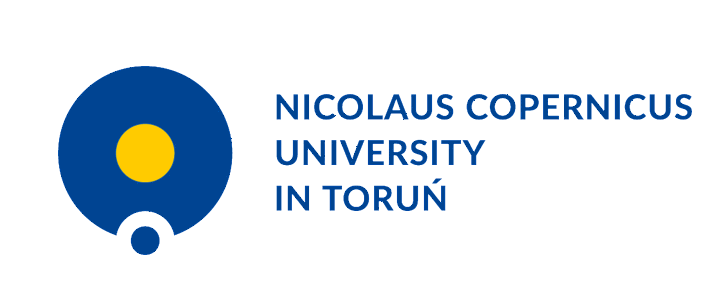Sustainable Value Added of Top European Pharmaceutical Manufacturers
Abstract
Purpose of the article: This article presents results of an analysis of sustainable value added created by top 5 European pharmaceutical companies in six different environmental resources. We compare value created in the respective companies to the target EU values. Our results show that in the year 2010 companies’ performance overcame set target. Methodology/methods: Sustainable Value Added is a relatively new method. It was first introduced as a whole concept in 2004 and assesses how companies perform in sustainability. We analyse sustainability performance in six selected environmental areas. As a benchmark we rely on target values for 2010 set by various European institutions. Data for our analysis were retrieved from publicly available resources, e.g. annual, environmental and other reports as well as the companies‘ websites. Scientific aim: Originally, the sustainability concept was initiated in macroeconomics. However, increasing number of companies has incorporated it into their strategies. In this paper we aim to determine whether they succeeded. We present the contribution to sustainability by top five great players on the field of pharmaceutical market in Europe. Findings This paper found several key issues: there is a little research of environmental impact generated by pharmaceutical companies in terms of sustainable value added. Sustainable value added was positive for all analysed companies. It means that successful pharmaceutical companies using six analysed environmental resources create more value than required by the target set. Conclusions: Although sustainable value added determines how well (or bad for that matter) a particular company uses its resources compared to a benchmark, it does not judge whether using the total capital in a company can be considered as sustainable or not. Nevertheless, for comparing environmental results of various companies this method is suitable and highly adaptable when using it for analysis of other industries or services, as well.Downloads
Published
2013-10-29
Issue
Section
ORIGINAL SCIENTIFIC ARTICLE











